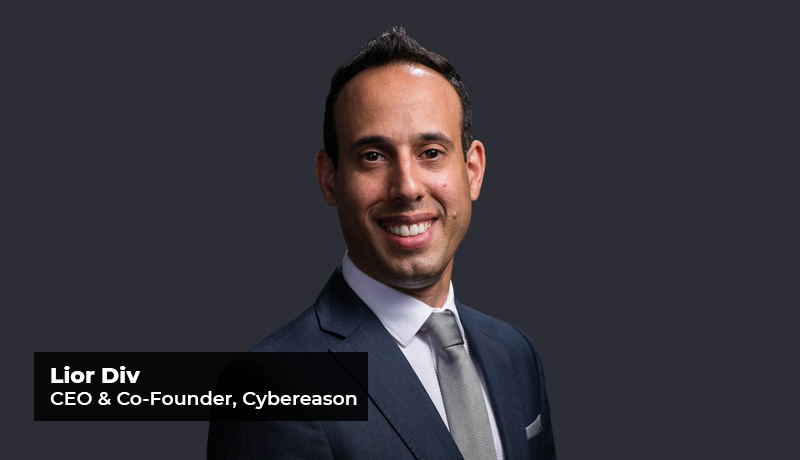
Cybereason, the XDR company, announced the release of the inaugural report from the Cyber Defenders Council, a group of 50 preeminent security leaders from public and private sector organizations across North America, EMEA, and APAC.
The report, Defend Forward: A Proactive Model for Cyber Deterrence, discusses the concept of Defend Forward, which originated with the United States Department of Defense (DoD), and how security leaders can adapt it for the private sector using six guiding principles.
The Cyber Defenders Council was founded by leading global cybersecurity executives, government dignitaries, and other thought leaders to deter the activities of nation-state-sponsored threat groups and other advanced adversaries, including ransomware gangs. Executives from 50 large global organizations, including The Kraft Heinz Company, TikTok, Cisco, IBM Security, GE Healthcare, and Colgate-Palmolive Company, are members of the Council.
General Joseph Dunford (ret.) is also a member of the Council. General Dunford served as the 19th Chairman of the Joint Chiefs of Staff from 2015-2019. While serving as the highest-ranking military officer, General Dunford played an instrumental role in refocusing the United States’ cyber defense strategy.
“Bringing together fifty of the world’s leading cybersecurity experts during a time of unprecedented attacks on both private and public sector organizations puts threat actors on notice. This Council offers private sector enterprises much-needed concrete guidance for reversing the adversary advantage,” said Cybereason CEO and Co-founder Lior Div.
The report focuses on adapting a cyber deterrence approach for the private sector and highlights the following six guiding principles: